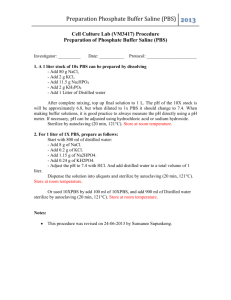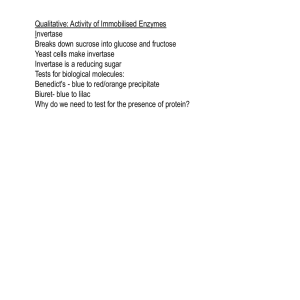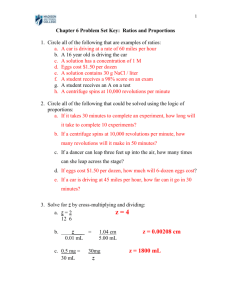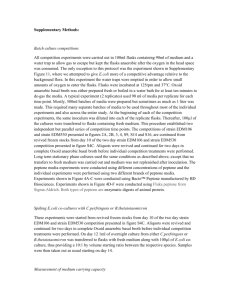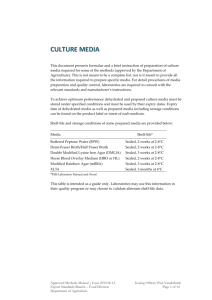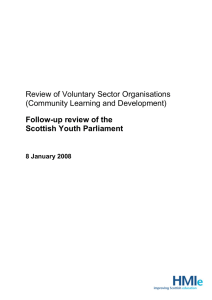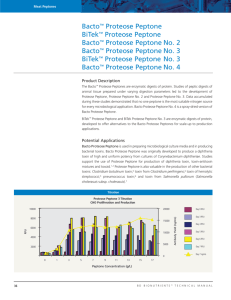jam12507-sup-0001-DataS1-FigureS1
advertisement
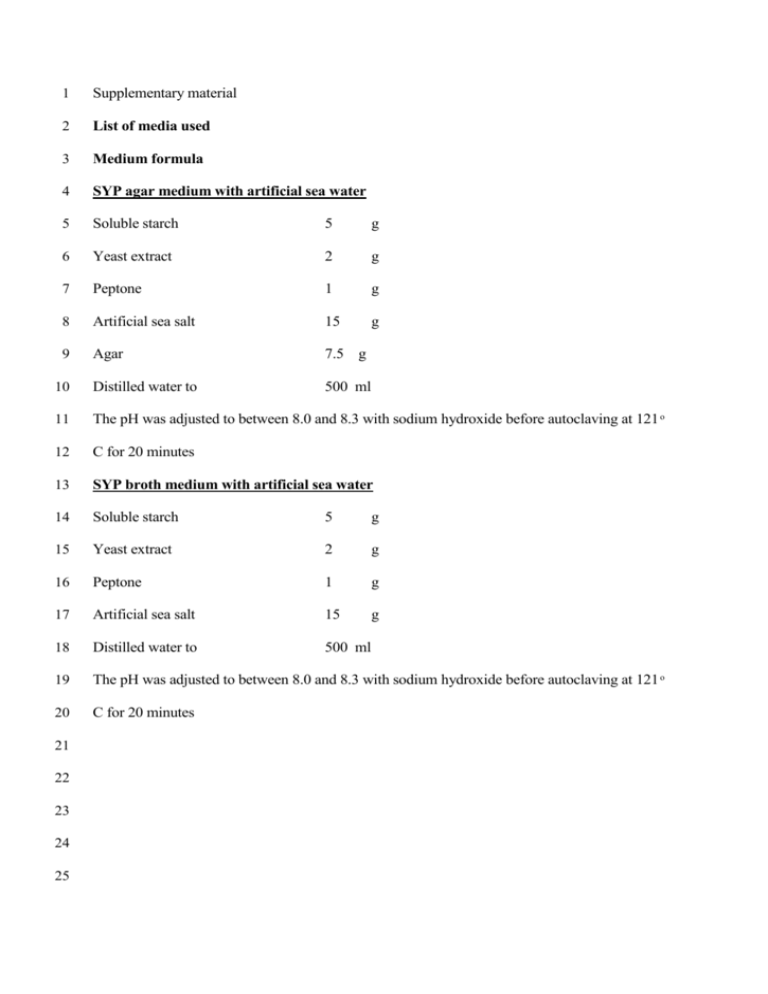
1 Supplementary material 2 List of media used 3 Medium formula 4 SYP agar medium with artificial sea water 5 Soluble starch 5 g 6 Yeast extract 2 g 7 Peptone 1 g 8 Artificial sea salt 15 g 9 Agar 7.5 g 10 Distilled water to 500 ml 11 The pH was adjusted to between 8.0 and 8.3 with sodium hydroxide before autoclaving at 121 ͦ 12 C for 20 minutes 13 SYP broth medium with artificial sea water 14 Soluble starch 5 g 15 Yeast extract 2 g 16 Peptone 1 g 17 Artificial sea salt 15 g 18 Distilled water to 500 ml 19 The pH was adjusted to between 8.0 and 8.3 with sodium hydroxide before autoclaving at 121 ͦ 20 C for 20 minutes 21 22 23 24 25 1 SYP broth medium 2 Soluble starch 5 g 3 Yeast extract 2 g 4 Peptone 1 g 5 Distilled water to 500 ml 6 Dissolve all components and autoclave at 121°C for 20 min. pH was not adjusted. 7 8 SYP broth medium supplemented with 0.01%NaCl (SYP-0.01%NaCl) 9 Soluble starch 5 g 10 Yeast extract 2 g 11 Peptone 1 g 12 NaCl 0.0015 g 13 Distilled water to 500 ml 14 The pH was adjusted to between 8.0 and 8.3 with sodium hydroxide before autoclaving at 121 ͦ 15 C for 20 minutes 16 17 SYP broth medium supplemented with 1%NaCl (SYP-1%NaCl) 18 Soluble starch 5 g 19 Yeast extract 2 g 20 Peptone 1 g 21 NaCl 5 g 22 Distilled water to 500 ml 23 The pH was adjusted to between 8.0 and 8.3 with sodium hydroxide before autoclaving at 121 ͦ 24 C for 20 minutes 25 1 SYP broth medium supplemented with 3%NaCl (SYP-3%NaCl) 2 Soluble starch 5 g 3 Yeast extract 2 g 4 Peptone 1 g 5 NaCl 15 g 6 Distilled water to 500 ml 7 The pH was adjusted to between 8.0 and 8.3 with sodium hydroxide before autoclaving at 121 ͦ 8 C for 20 minutes 9 SYP broth medium supplemented with 6%NaCl (SYP-6%NaCl) 10 Soluble starch 5 g 11 Yeast extract 2 g 12 Peptone 1 g 13 NaCl 30 g 14 Distilled water to 500 ml 15 The pH was adjusted to between 8.0 and 8.3 with sodium hydroxide before autoclaving at 121 ͦ 16 C for 20 minutes 17 SYP broth medium supplemented with 1%KCl (SYP-1%KCl) 18 Soluble starch 5 g 19 Yeast extract 2 g 20 Peptone 1 g 21 KCl 15 g 22 Distilled water to 500 ml 23 The pH was adjusted to between 8.0 and 8.3 with sodium hydroxide before autoclaving at 121 ͦ 24 C for 20 minutes 25 1 SYP broth medium supplemented with 3%KCl (SYP-3%KCl) 2 Soluble starch 5 g 3 Yeast extract 2 g 4 Peptone 1 g 5 KCl 15 g 6 Distilled water to 500 ml 7 The pH was adjusted to between 8.0 and 8.3 with sodium hydroxide before autoclaving at 121 ͦ 8 C 9 10 11 12 13 14 15 16 17 18 19 20 21 22 23 24 1 2 3 Figure: Identification of rifamycin B (A,B) Q-TOF-MS and UV-visible detected chromatogram 4 of S.arenicola broth extracts indicated by a peak at 12 min suggest the presence of rifamycin 5 class compound.(C) Mass spectrum of S. arenicola M413 extract at 12 min, indicating the 6 presence of rifamycin B (754.3105 m/z). (D) UV spectrum (430nm) of S.arenicola M413 7 extract at 12 min. (E) UV spectrum (430) of rifamycin B standard at 12 min. 1 Binning data: 2 Comparisons of resolutions of binned data A: 9000 variables – unbinned B: 4500 variables – bin size 2 C: 1800 variables – bin size 5 D: 900 variables – bin size 10 E: 450 variables – bin size 20 F: 180 variables – bin size 50 3 4 There is very little difference in peak resolution between unbinned , bin 2, bin 5, bin 10 but 5 larger bins (20, 50) cause resolution loss and a marked increase in baseline. The benefit of 6 binning is to minimise any errors due to retention time differences and to reduce the data 7 complexity/computational load. The complete dataset is reduced from 63000 data points (9000 8 time slices x 7 wavelengths) to 6300 with little or no loss of data/information 9 10

